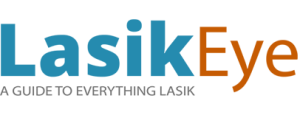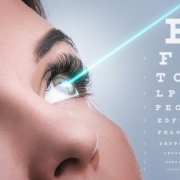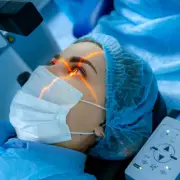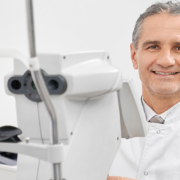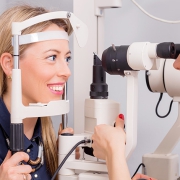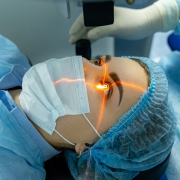What is a Corneal Topographer?
The corneal topographer is a vital diagnostic tool in modern ophthalmology. It is an imaging device that provides detailed information about the shape and curvature of the cornea, the clear outer layer of the eye. By analyzing the corneal topography, ophthalmologists can diagnose a variety of conditions, including astigmatism, keratoconus, and other corneal irregularities.
The cornea plays a crucial role in vision by refracting light as it enters the eye. Any irregularities in its shape can lead to blurry or distorted vision, and in some cases, even complete vision loss. The corneal topographer provides detailed measurements of the cornea’s curvature, which helps ophthalmologists diagnose and treat corneal disorders more effectively.
Corneal topography is a non-invasive procedure that involves placing a special camera in front of the eye. The camera captures multiple images of the cornea from different angles, and sophisticated software analyzes the data to create a detailed map of the corneal surface. The resulting map shows the curvature, thickness, and shape of the cornea, allowing ophthalmologists to diagnose corneal disorders accurately.
Corneal topography and Astigmatism
One of the most common conditions diagnosed using corneal topography is astigmatism. Astigmatism is a condition where the cornea is not perfectly round, leading to distorted or blurry vision. By analyzing the corneal topography, ophthalmologists can determine the severity and type of astigmatism, which helps them choose the most appropriate treatment.
Corneal topography and Keratoconus
Keratoconus is a condition that can be diagnosed using corneal topography. Keratoconus is a progressive condition where the cornea becomes thinner and more conical in shape, leading to distorted vision. Corneal topography can help diagnose keratoconus in its early stages, allowing for more effective treatment and management.
Corneal topography can be used to monitor the progress of certain treatments. After corneal transplant surgery, ophthalmologists use corneal topography to track the healing process and ensure that the new cornea is taking the proper shape.
The corneal topographer is an essential diagnostic tool in modern ophthalmology. By providing detailed information about the shape and curvature of the cornea, it helps ophthalmologists diagnose a variety of conditions, including astigmatism, keratoconus, and other corneal irregularities. With its non-invasive nature and ability to monitor the progress of treatments, corneal topography has revolutionized the diagnosis and treatment of corneal disorders.
